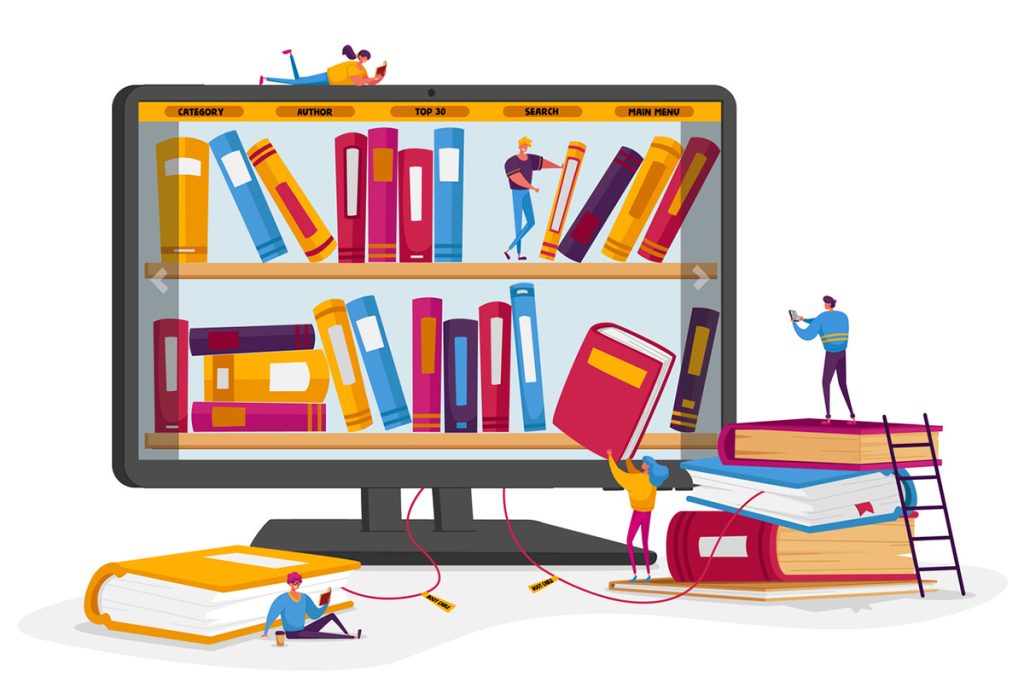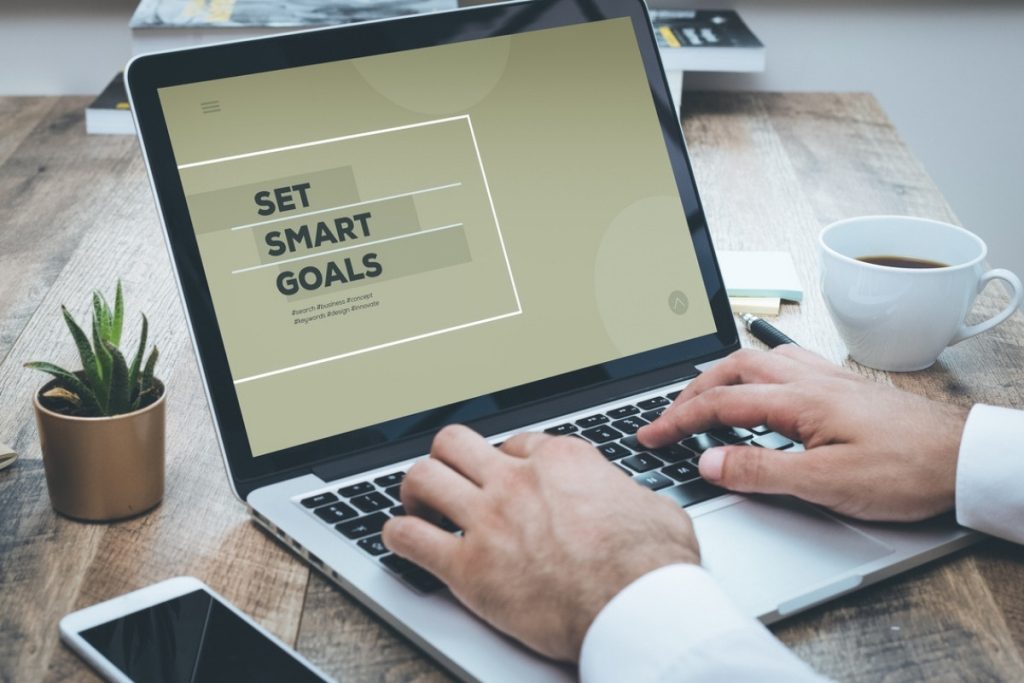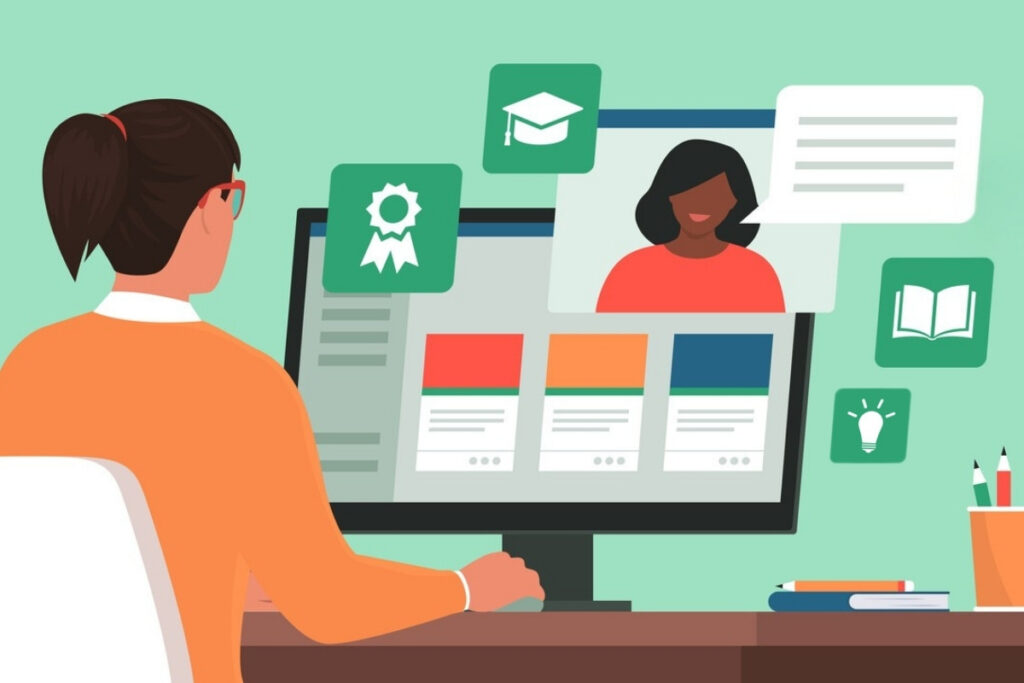Engaging the Modern Learner: A Strategic Approach
The modern workforce presents a diverse environment with people from various backgrounds. The diversity includes generational differences, gender and cultural backgrounds. Every individual has a preferred environment or method of engagement, for example millennials in the workforce may prefer a digital and collaborative environment while baby boomers may lean toward more formal methods of training.
Engaging the Modern Learner: A Strategic Approach Read More »










